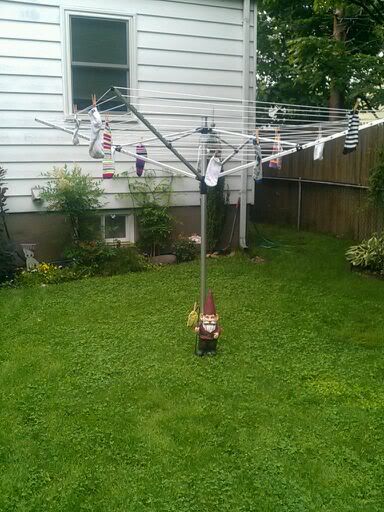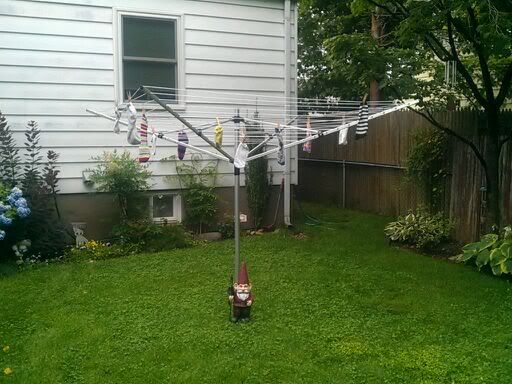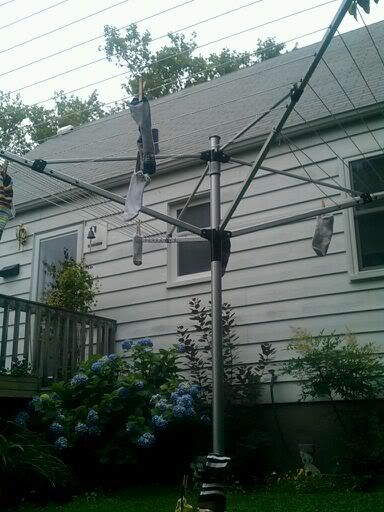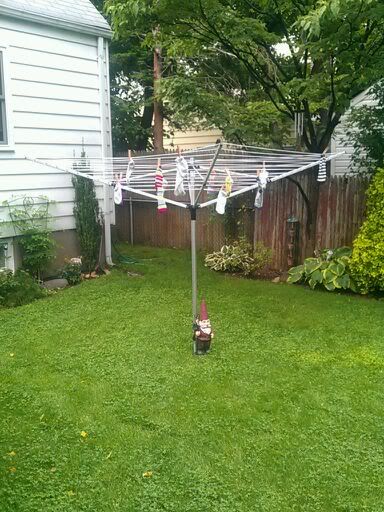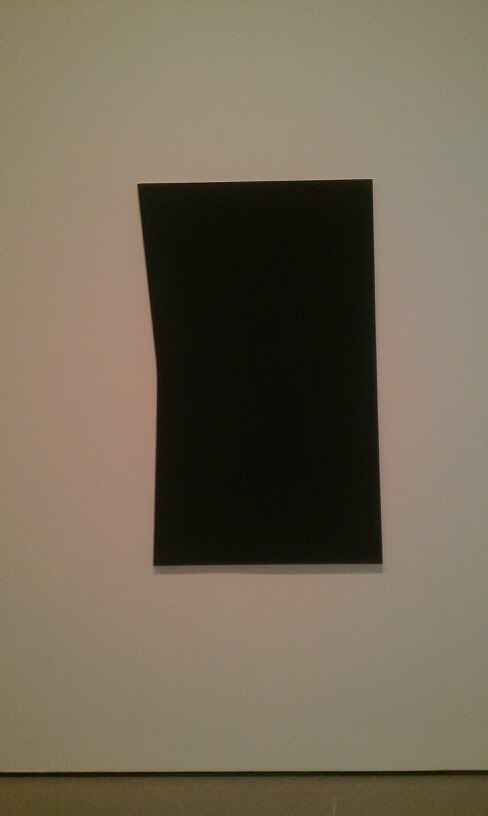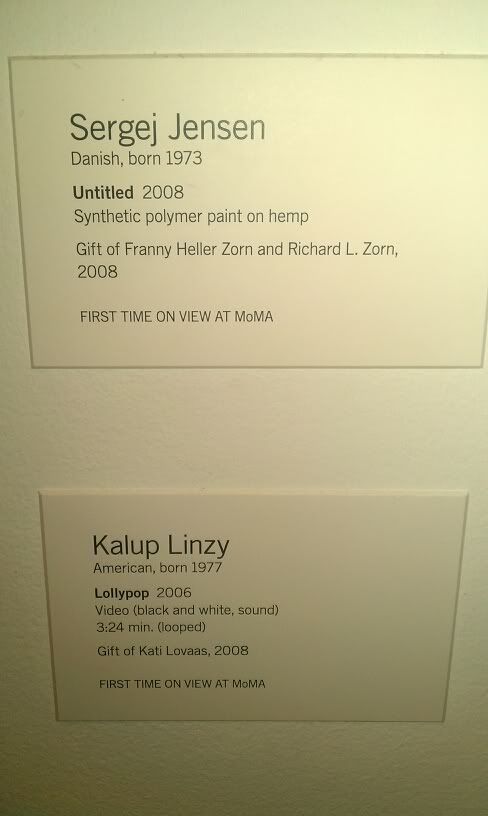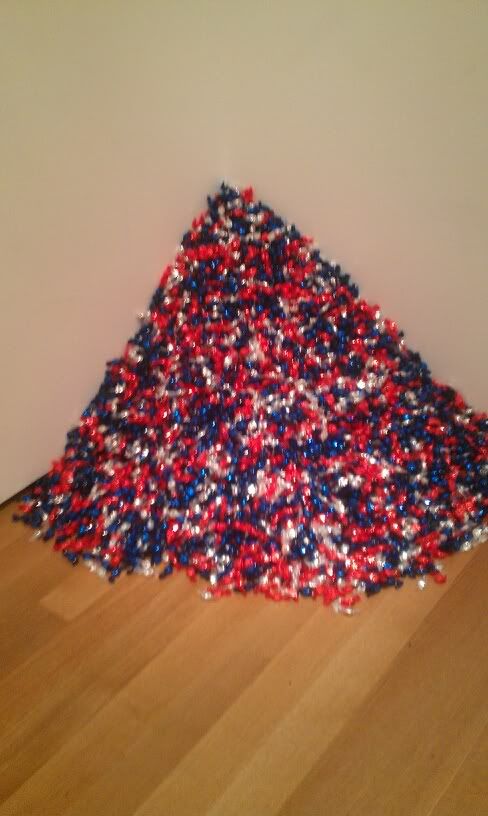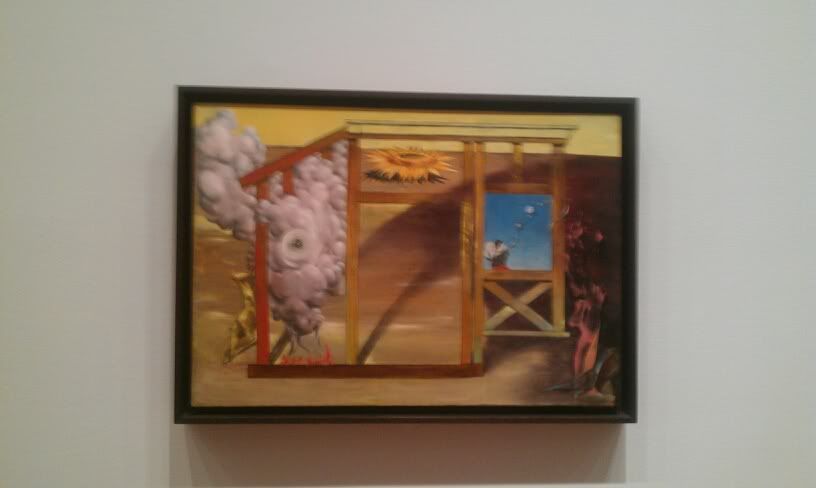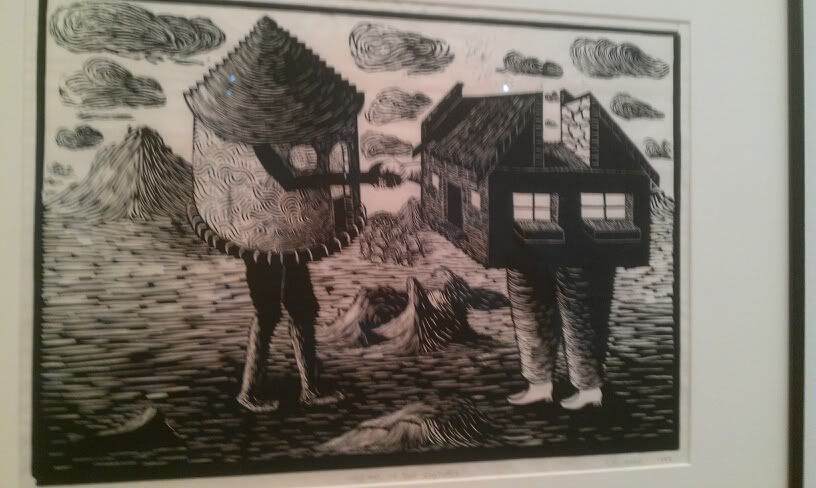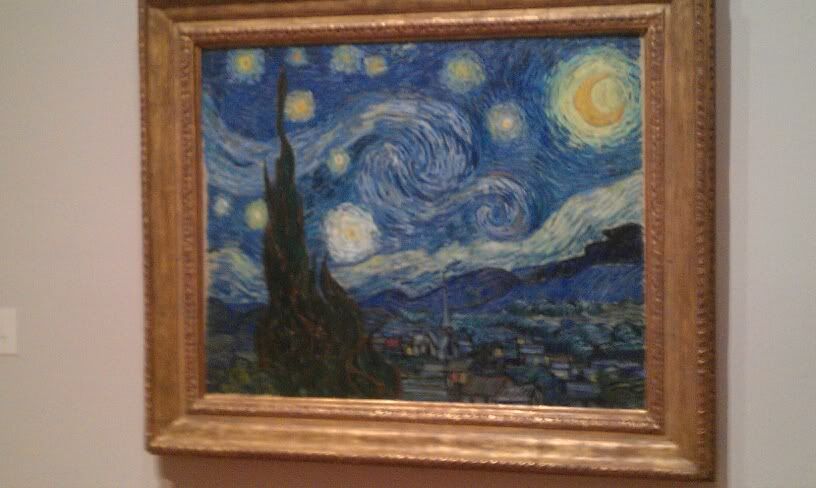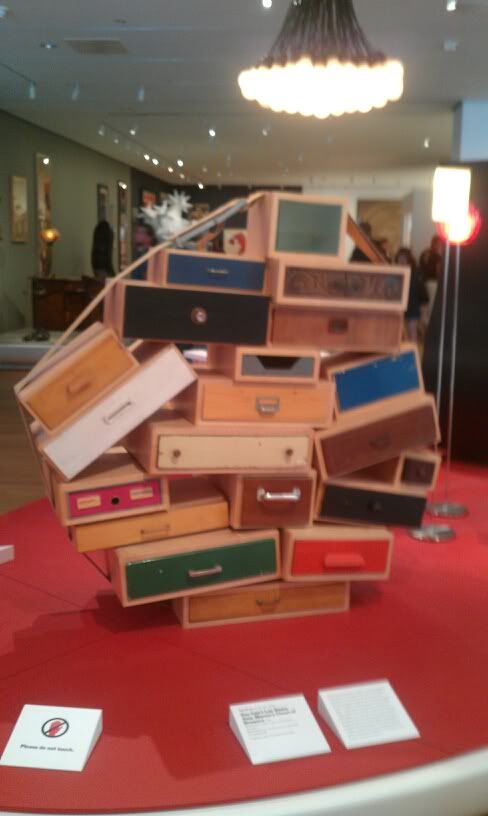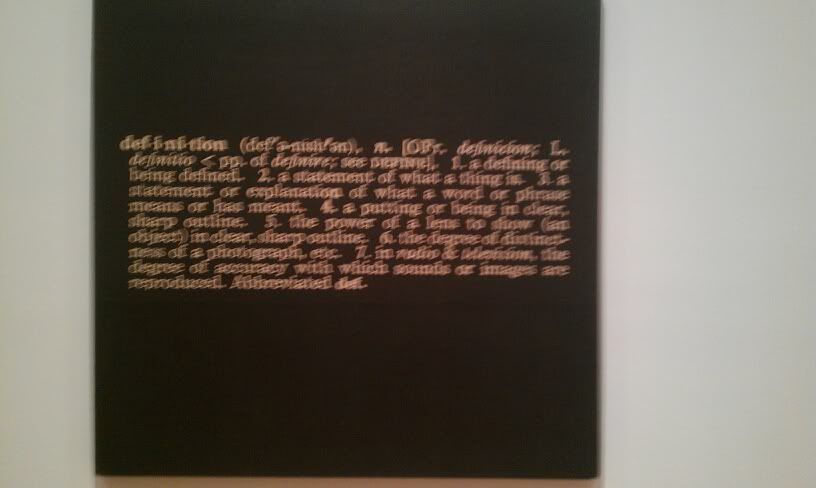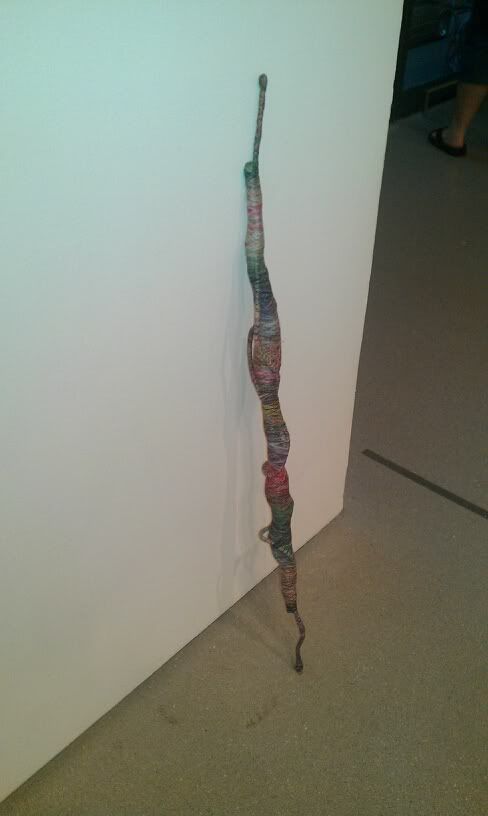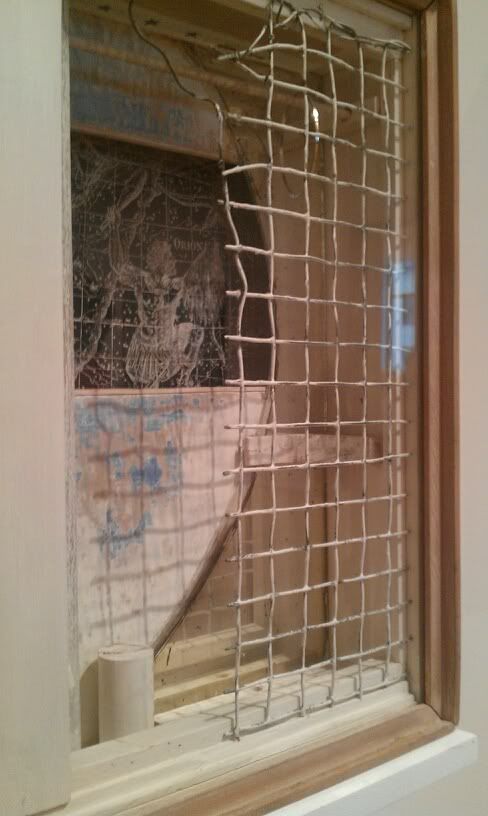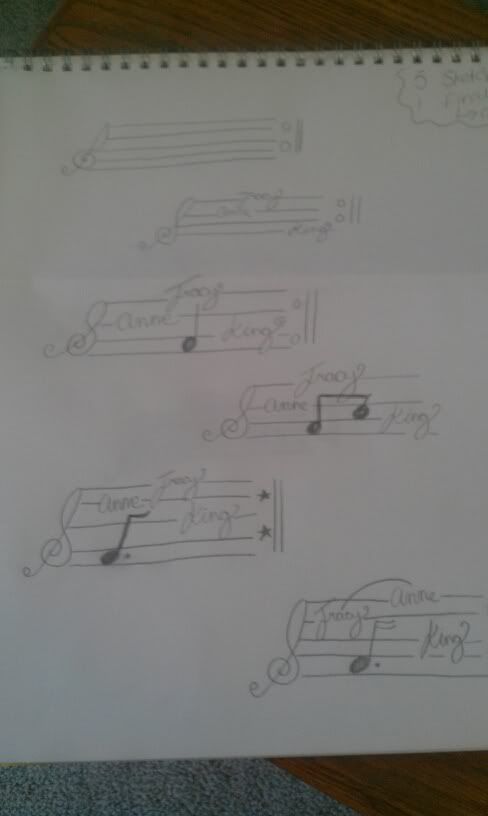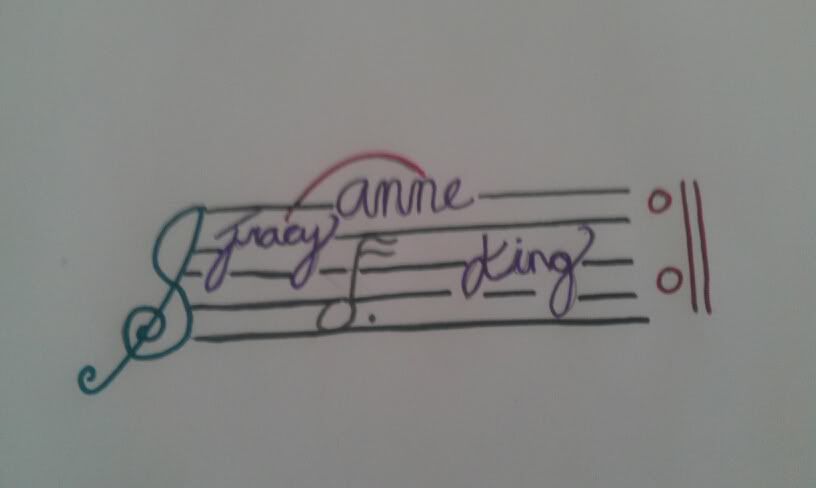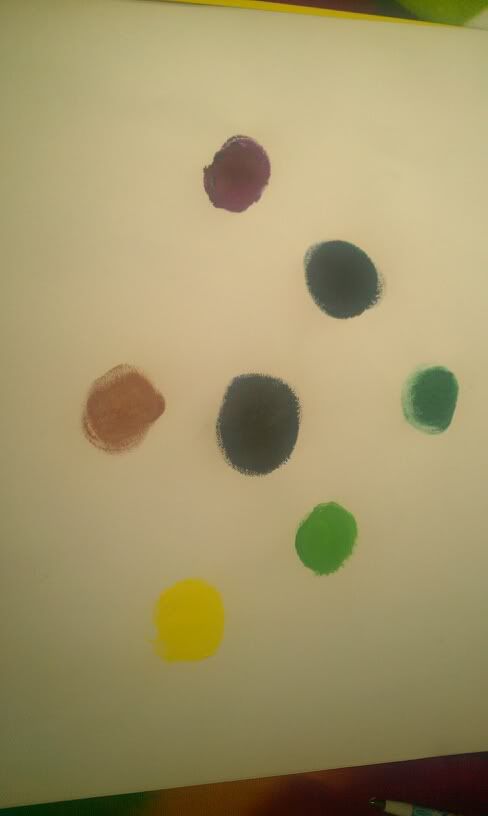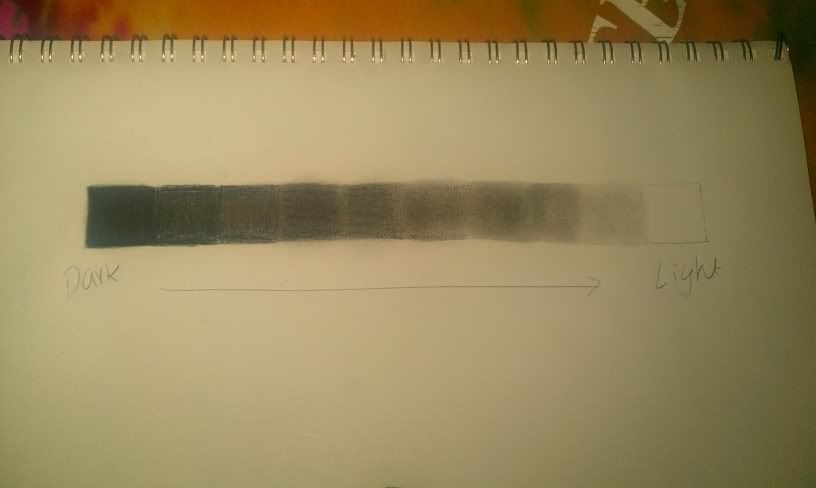

1. Why did you select the inspiration pieces? I selected these pieces from Van Gogh, Picasso and Dali (in that order) because they were slightly non-traditional pieces. I wanted to emulate that style in my portrait. 2. Why did you select the media to create your self-portrait? The media I selected was colored pencil. I chose that because I wanted color to be a large part of the portrait.
3. What challenges did you face in creating your self-portrait and how did you overcome them? My main challenge was the fact that I cannot draw very well. It was difficult for me to draw out the portrait and make it look like myself. I overcame this by trying many copies and sketches and taking my time.
4. How does this piece represent you? Besides the fact that I hope it resembles me, the colors and the abstractness represent my personality.
5. What elements and principles of art did you apply in this work? I applied a lot of use of color as well as perspective.
6. Did you enjoy working on this project? It was a little stressful at first, but as the project progressed I enjoyed it more.
7. What do you think of your final artwork? I like my final piece, and I feel that it represents me.


